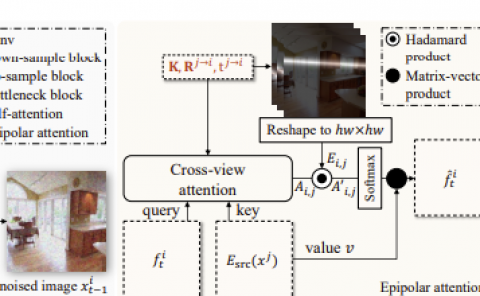A Physics Based Unified Circuit Model for Single Photon and Analog Detector
PubDate: September 2021
Teams: University of California
Writers: Mohammad Abu Raihan Miah; Yunrui Jiang; Yu-Hwa Lo
PDF: A Physics Based Unified Circuit Model for Single Photon and Analog Detector

Abstract
Photodetectors having an internal carrier multiplication mechanism such as avalanche detectors and recently discovered detectors with cycling excitation process (CEP) have attracted tremendous interests for their high sensitivity and flexibility of being operable in analog, sub-Geiger and Geiger mode. Detection of single or few photons in Geiger mode or sub-Geiger mode is particularly interesting as LiDAR systems are finding a wide range of applications in autonomous driving, augmented and virtual reality, robotics, imaging, sensing, and communications. In this paper, we present a universal detector equivalent circuit model, applicable to all modes of operation, for photodetectors with carrier multiplication gain. The bias-dependent gain, bandwidth, as well as gain buildup dynamics are rooted in device physics and translated into an equivalent circuit model that can be readily incorporated into integrated circuit design. The model simulates the characteristics of devices biased below and above breakdown voltage, making seamless transitions between analog, sub-Geiger, and Geiger mode with the same set of parameters directly obtained from the material properties. As a result, circuit designers can choose detectors using different gain medium (e.g., Si, InP, InAlAs) to simulate device effects on system performance. The circuit model is implemented in Orcad PSpice circuit simulator. Its wide applicability is demonstrated by simulating the device in linear, sub-Geiger and Geiger mode with external amplifiers and quenching circuits, as well as the gain-bandwidth product of detectors with a Si and InAlAs gain medium.


